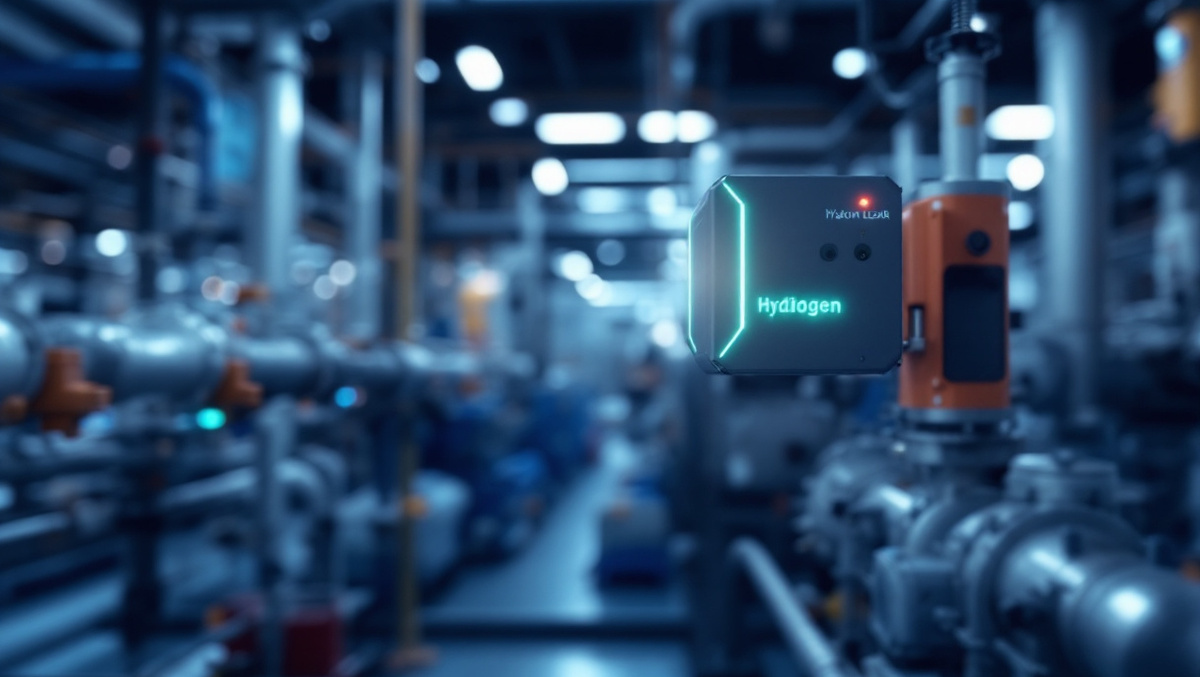Honeywell Unveils Advanced Hydrogen Leak Detection Sensor for Enhanced System Safety
Key Ideas
- Honeywell introduced a novel hydrogen leak detection sensor using Thermal Conductivity Detection technology to identify leaks as small as 50 parts per million, promoting enhanced safety in hydrogen-powered systems.
- The sensor offers long-term operation without recalibration for up to a decade, reducing maintenance costs and equipment downtime across various sectors like construction, power generation, and transportation.
- Early adopters like BWR Innovations are already integrating the Honeywell sensor into their hydrogen systems for real-time monitoring, reinforcing operational safety and ensuring continuous equipment surveillance.
- Honeywell's focus on safety in hydrogen utilization aligns with the increasing reliance on hydrogen to power critical infrastructure, addressing the challenges of detecting colorless, odorless hydrogen leaks that pose fire and explosion risks.
Honeywell has introduced a cutting-edge hydrogen leak detection sensor utilizing Thermal Conductivity Detection technology, capable of identifying leaks as small as 50 parts per million. The new sensor aims to enhance the safety of hydrogen-powered systems by providing early detection of leaks, thus preventing potential safety risks. Unlike traditional solutions, this sensor does not require recalibration for up to 10 years, leading to reduced maintenance costs and minimized equipment downtime in sectors such as construction, power generation, and transportation.
As the United Kingdom transitions towards greater hydrogen energy utilization, the demand for scalable safety infrastructure has surged. The sensor's design allows for seamless integration into various environments, including industrial equipment, power generators, and on-road vehicles, emphasizing its versatility and applicability across different sectors.
Honeywell's Chief Technology Officer, Moin Shafai, highlighted the importance of safety in harnessing hydrogen's potential for global infrastructure, emphasizing the significance of innovation in leak detection technologies to safeguard operations. Early adopters like BWR Innovations have already incorporated the sensor into their hydrogen systems, showcasing its utility in real-time monitoring and operational safety reinforcement.
With hydrogen gaining prominence in sectors such as construction, residential power generation, ground shipping, heavy-duty trucking, and public transportation, the need for reliable safety measures becomes imperative. Honeywell's sensor addresses this need by offering long-term operation without frequent recalibration, demonstrating its efficiency and cost-effectiveness in ensuring operational safety.
The sensor's current deployment in real-world applications through BWR Innovations supports residential and commercial hydrogen systems, underscoring its practical implementation in enhancing safety in diverse settings like buses, hospitals, and industrial facilities. Honeywell's commitment to promoting safe hydrogen use aligns with the growing global demand for hydrogen-powered solutions, as indicated by the increasing adoption of hydrogen fuel cell vehicles worldwide.
Topics
Homes
Technology
Innovation
Energy Transition
Global Demand
Critical Infrastructure
Operational Safety
Real-time Monitoring
Safety Infrastructure
Latest News
